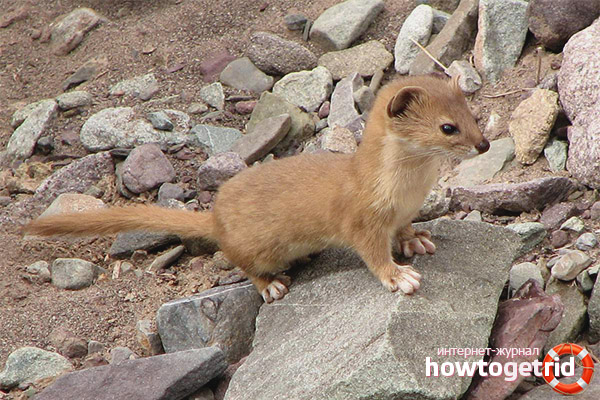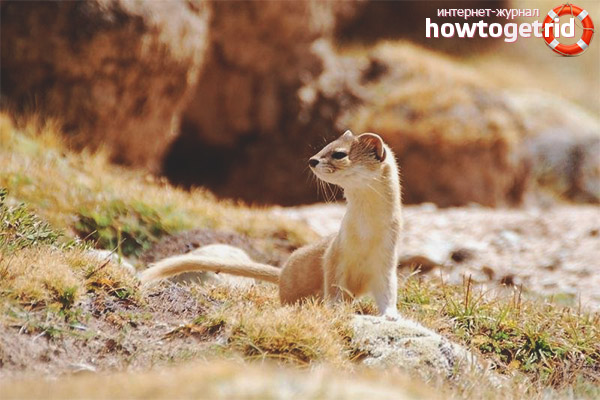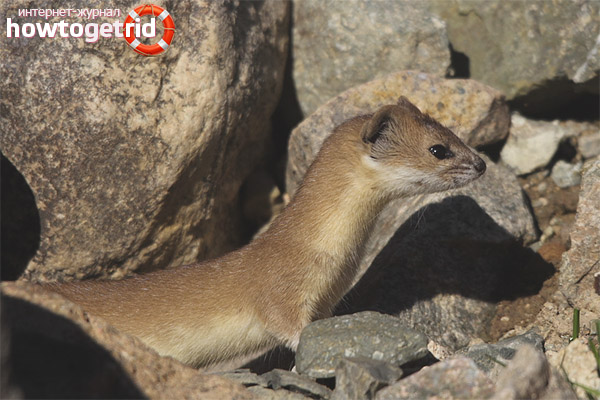The content of the article
The development of industry, deforestation, and hunting lead to the fact that many species of animals living on our planet have either disappeared or are threatened. People often think only about their problems and concerns, and do not pay attention to the cries of activists that it is time to think about nature, otherwise it may be too late. After all, each species of animals and plants plays a role in nature. And we cannot accurately predict the consequences of their disappearance for man and nature as a whole.
Nature has lost many animals forever, but many still live on earth thanks to caring organizations. Everyone should at least know about those species that are rare today and are protected by law. One of these species is the solongoi.
Habitat
This species belongs to the family of marten. These animals live in the center of Asia, as well as in the east of Central Asia. They can be found in Siberia, as well as in the southern regions of the Far East.
They live in the mountains of the Tien Shan, in Altai. On the territory of Russia, the animal can be seen in Primorsky, Khabarovsk territories, as well as in the territory of Transbaikalia. There are also in the Amur region. Depending on the habitat, there are several subspecies of the animal: Pamir and Chinese, as well as Transbaikal. Their main difference is color. Today, the species is under threat, so they are listed in the Red Book of some regions of Russia. Among them are the Primorsky Territory, the Jewish Autonomous Region, as well as the Irkutsk Region.
These cute animals love mountains with sparse vegetation. On the territory of Jewish Autonomous Region, they live on the Daur Ridge. But sometimes they can be found in the steppe or forest-steppe. This animal does not like wetlands, so it tries to avoid it.
Their home is crevices in the rocks or the space between large stones. They can settle in the hollow of a tree or a hole left by other animals.
Solongoi are not afraid of people, therefore they calmly settle down not far from farms and settlements. In the mountains of the Pamirs, researchers discovered the remains of the species. They were found at an altitude of about 3,500 m.
Description
Females are slightly smaller in size. The body of the animal is elongated, elongated, and the legs are short. It is covered with short but thick fur. In winter, the tail is more fluffy. In appearance, these small animals are very cute and cause sympathy.
In appearance, the solongoi resemble ferrets very much. The difference is that on the face they have no glasses, and the shape of the ears is more rounded. Depending on the season, the solongoi change their color. In addition, representatives of different subspecies differ from each other in the color of their fur. Their colors range from sandy to dark brown.
Lifestyle
These little animals lead a very active lifestyle. They almost always move. The solongoy has short legs, but this does not prevent them from running fast, climbing trees, and swimming well, if necessary. They have very sharp and long claws, thanks to which it is convenient to cling to the bark of a tree.
Animals are constantly in search of food. In winter, they find it difficult to find food. Therefore, they can move closer to human settlements to steal supplies or birds.
It is not easy to prevent such an encroachment on property from the side of the animal. They are very agile and agile. Earlier hunting for them was allowed. But they were hunted only by experienced trackers who had studied the habits of the beast well.To catch the solongoy, hunters set traps and used dogs.
The animal is strong enough to handle poultry. But in nature, they often fall prey to birds of prey such as owls and hawks.
If the solongoy feels imminent danger, he quickly hides in cover. If he doesn’t find it, then he uses frightening sounds reminiscent of tweets. Solongoi also use glands to scare away enemies, from which an unpleasant odor is released. Sometimes the predator retreats.
All day animals are very active, and at night they climb to any suitable place. They do not have permanent housing. But each individual lives on its territory alone. Sometimes they are replaced by ermines from there.
Near the tail, they have glands secreting a secret, with the help of which animals mark the boundaries of the territory. This is a peculiar way of communicating with relatives. Another way to communicate is through chirping sounds, with the help of which they inform their relatives about the danger.
Nutrition
Although the animals are active almost around the clock, they go hunting only after dusk falls. They are very agile, and easily move on the rocks and between the protruding roots of the trees.
Solongoi are predators. Food is not easy for them; they always hunt for it. But they have an advantage over the victims due to the quick run, and when they overtake her, they grab onto their tenacious paws. Glaring their claws, they do not give the victim a chance to escape. The diet of solongoy includes mice, a hamster and even gophers. Sometimes he can even defeat opponents such as hares or muskrats. Sometimes it can feed on insects and caterpillars. If they find a nest with chicks or eggs, they will also become his lunch.
Representatives of the species, as a rule, consume approximately 50 g of food per day. To do this, they need to catch about 3-4 rodents. It often happens that they hunt more than necessary.
Breeding
During the breeding season, there is a struggle for the female. Often in the struggle only the winner survives. This period occurs at the end of winter or early spring. After mating, the female finds a place that will serve as a nest. It can be an old hole or a hollow.
In the wild, the animal can live 3-5 years. When kept in captivity, they can live 2 times longer. The benefit to humans is that they eat rodents. But the salt marshes also bring a lot of harm to people, as they can attack sheds with poultry and strangle it. It is extremely difficult to discourage the solongoy from this activity.
About 70 years ago, animals were hunted for fur, but today it is prohibited due to a significant decrease in numbers. The decrease in the number of solongoi in nature is due not only to hunting for them, but also to the destruction of the habitat. Where the animals lived and hunted, today there are agricultural lands that increase over time.
Very often, solongoi are driven out of their territory by more powerful predators - columns that hunt in the same areas.












Submit